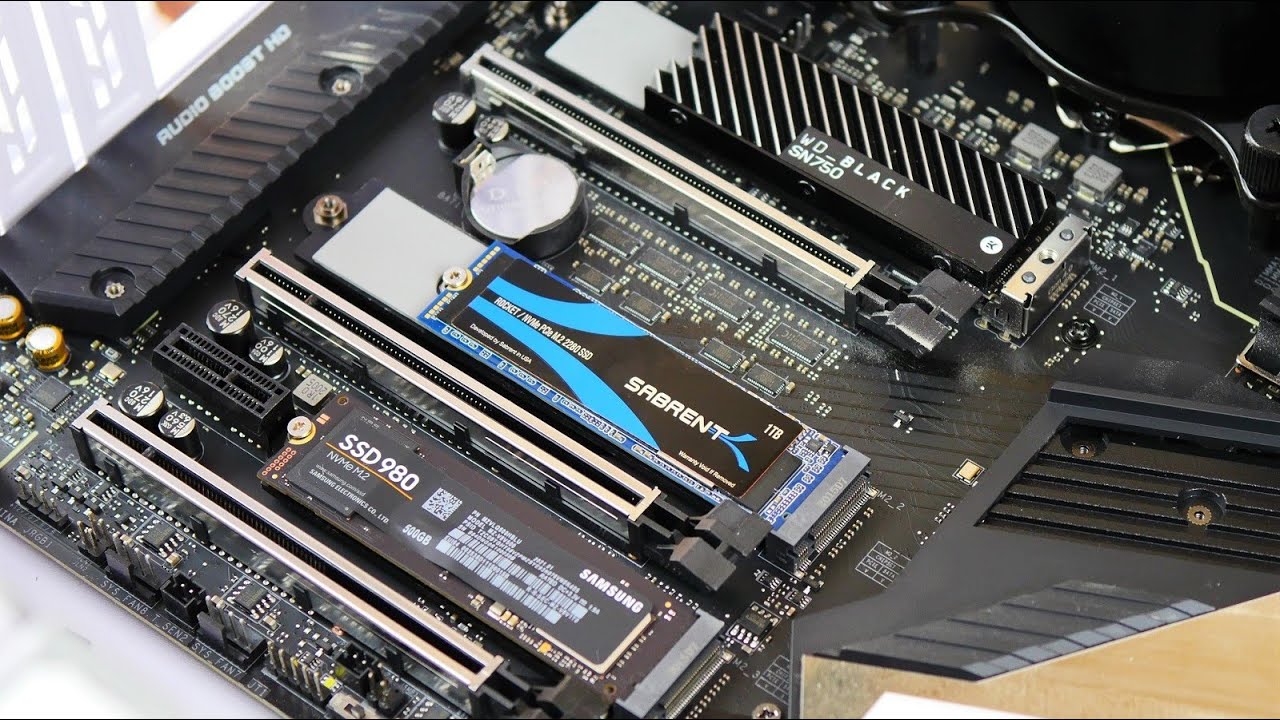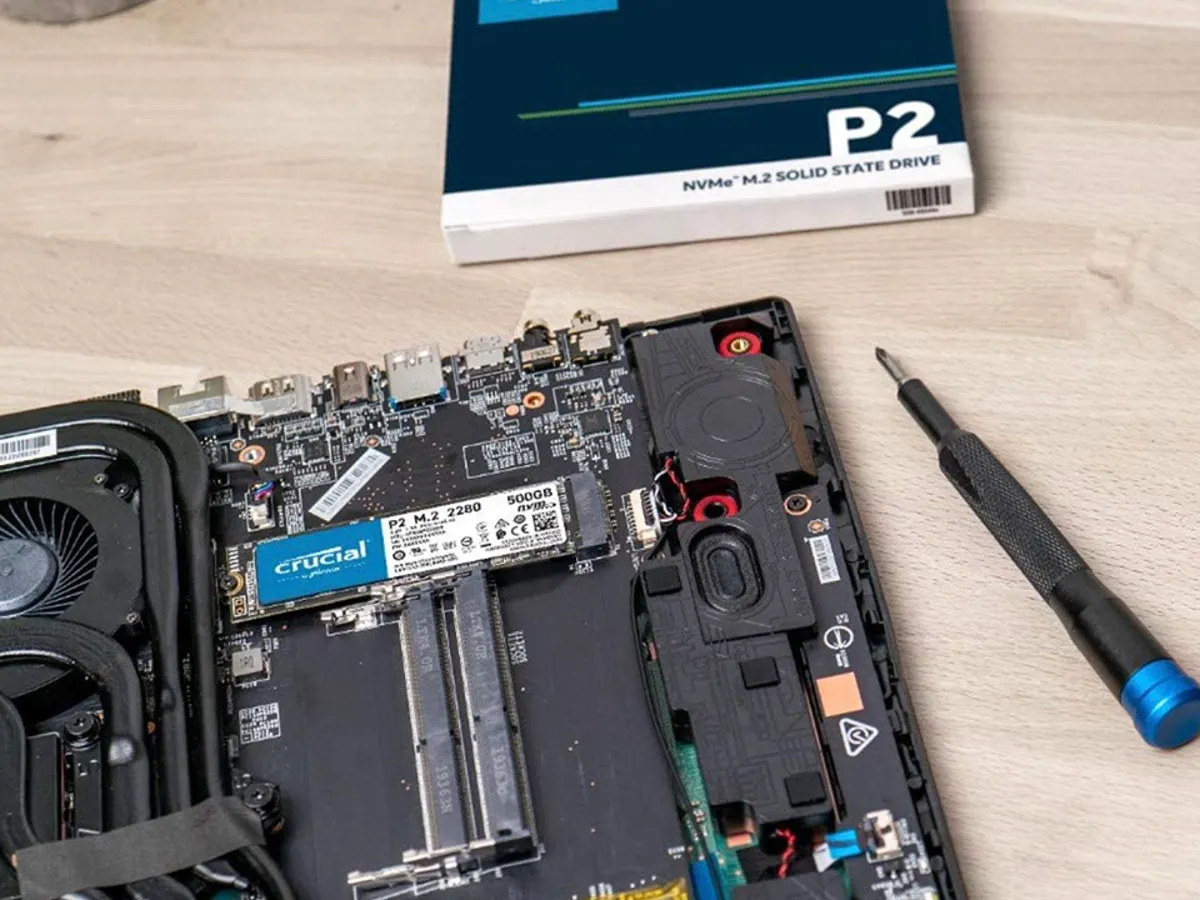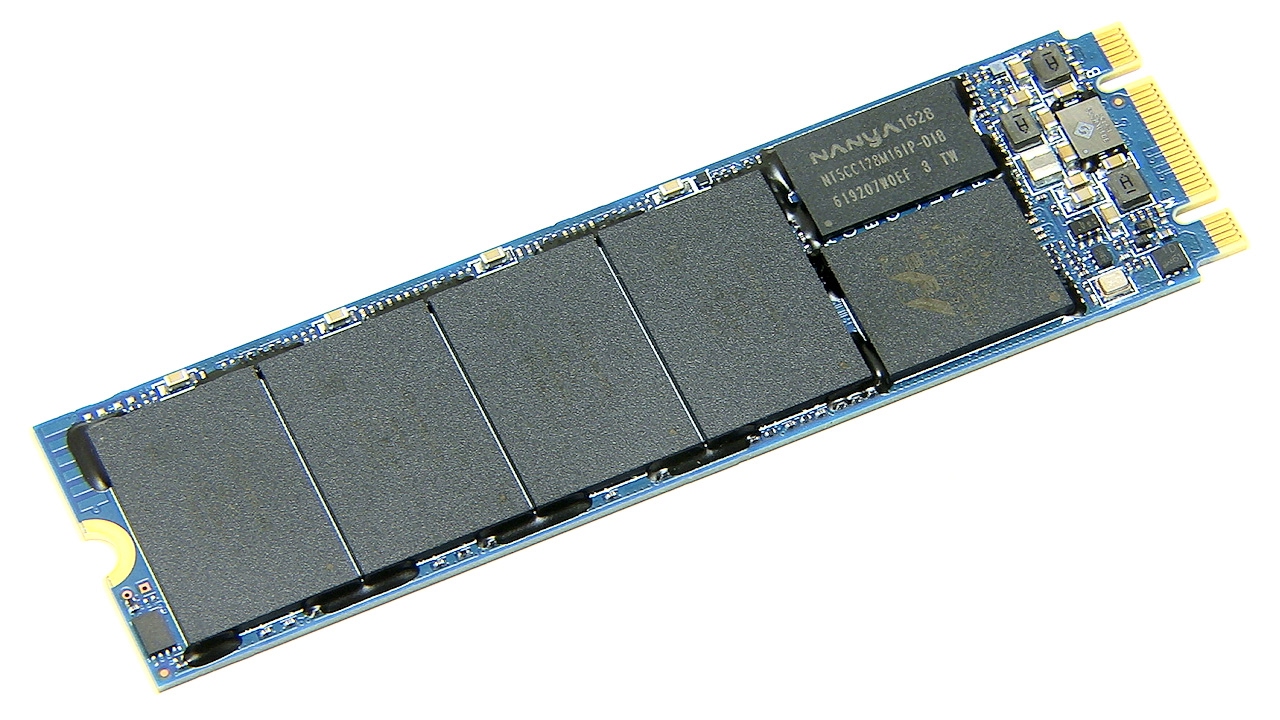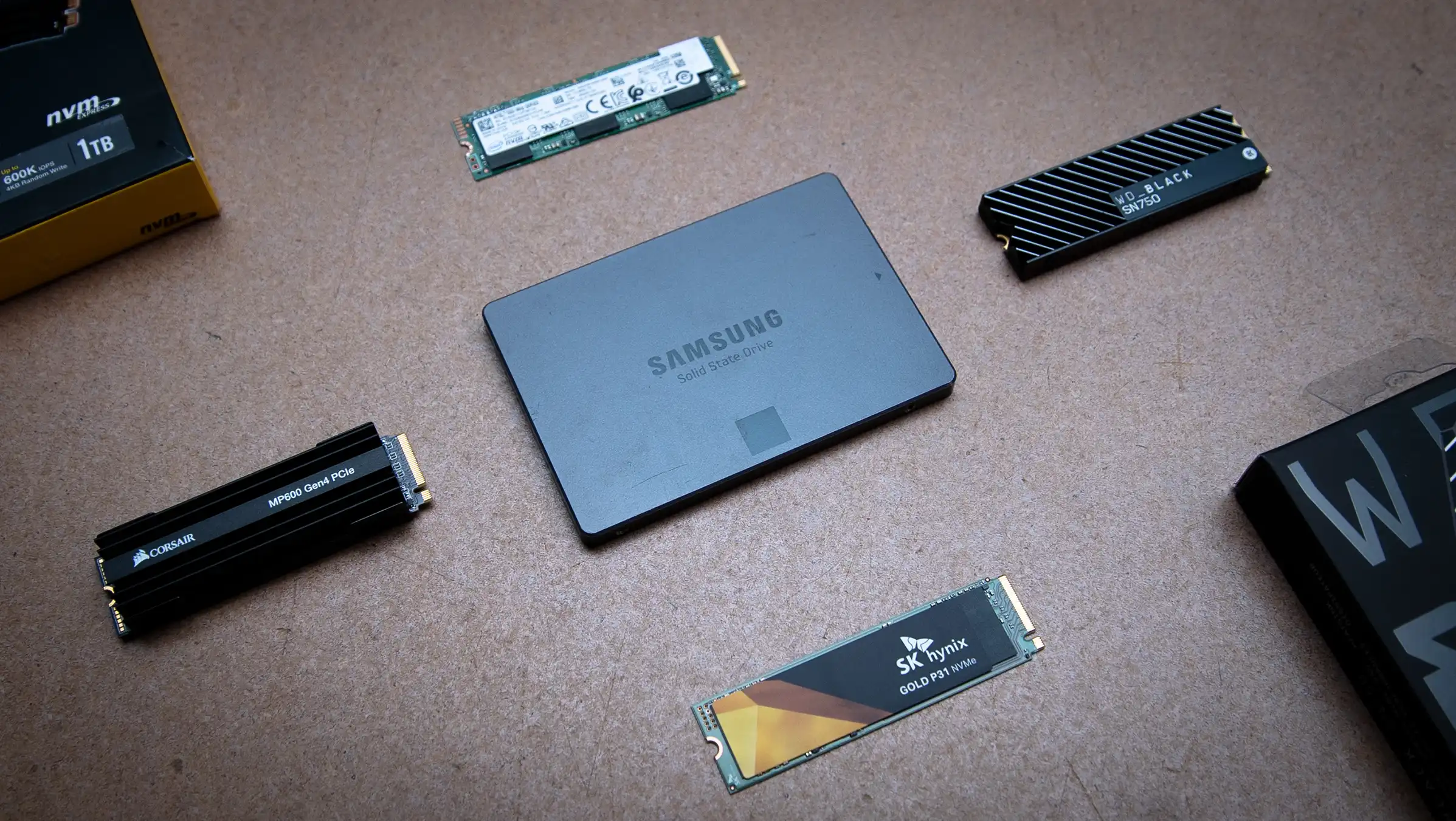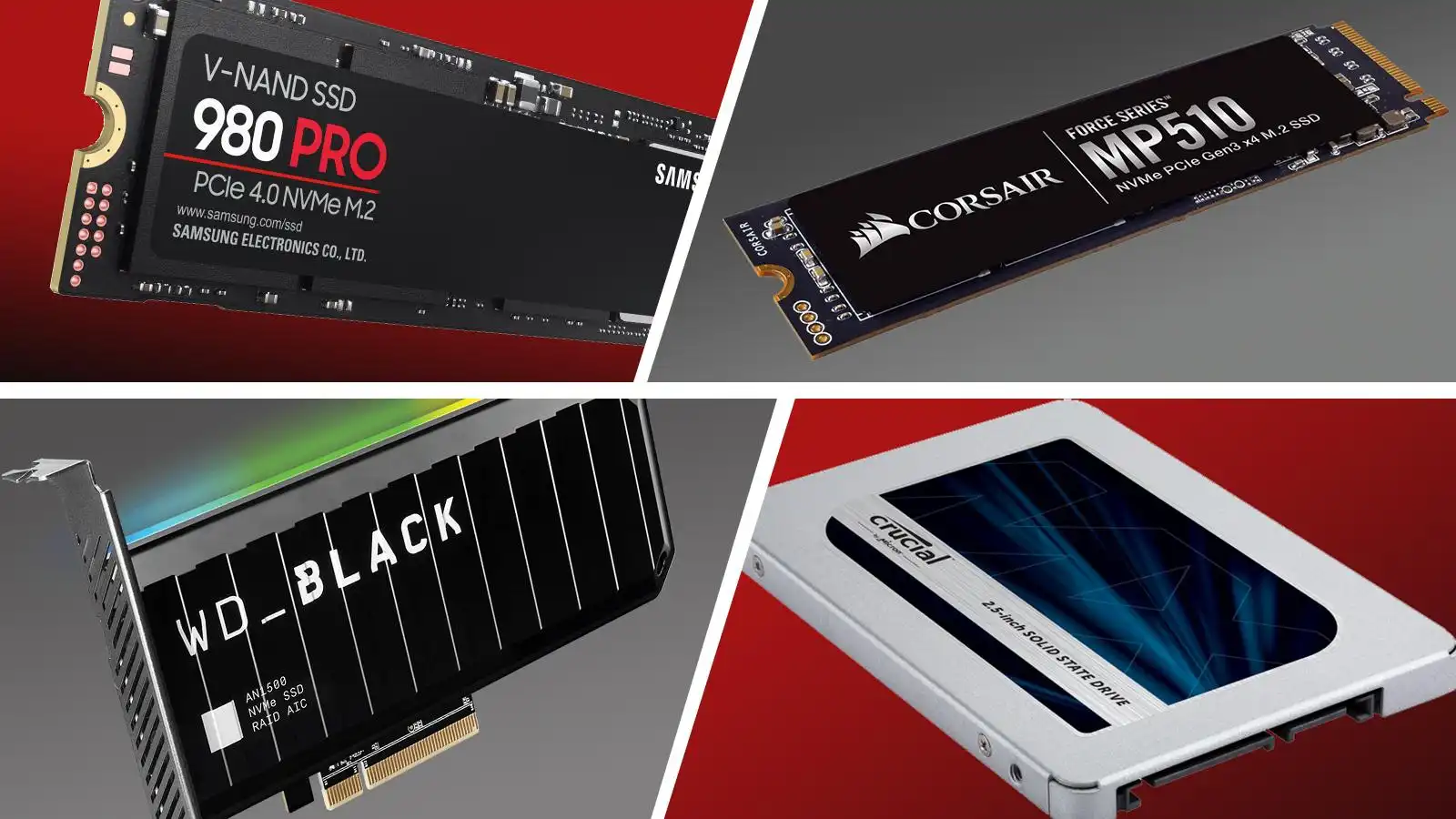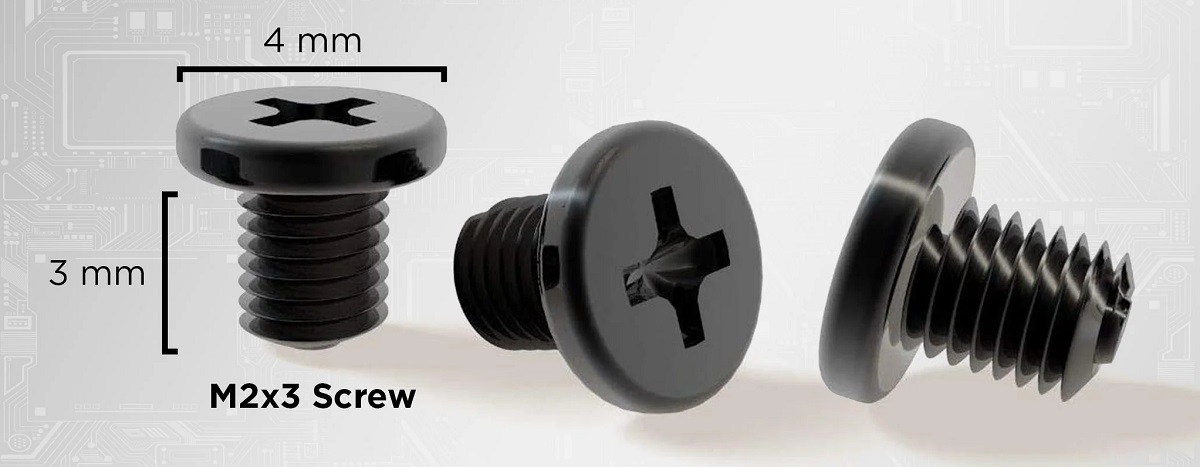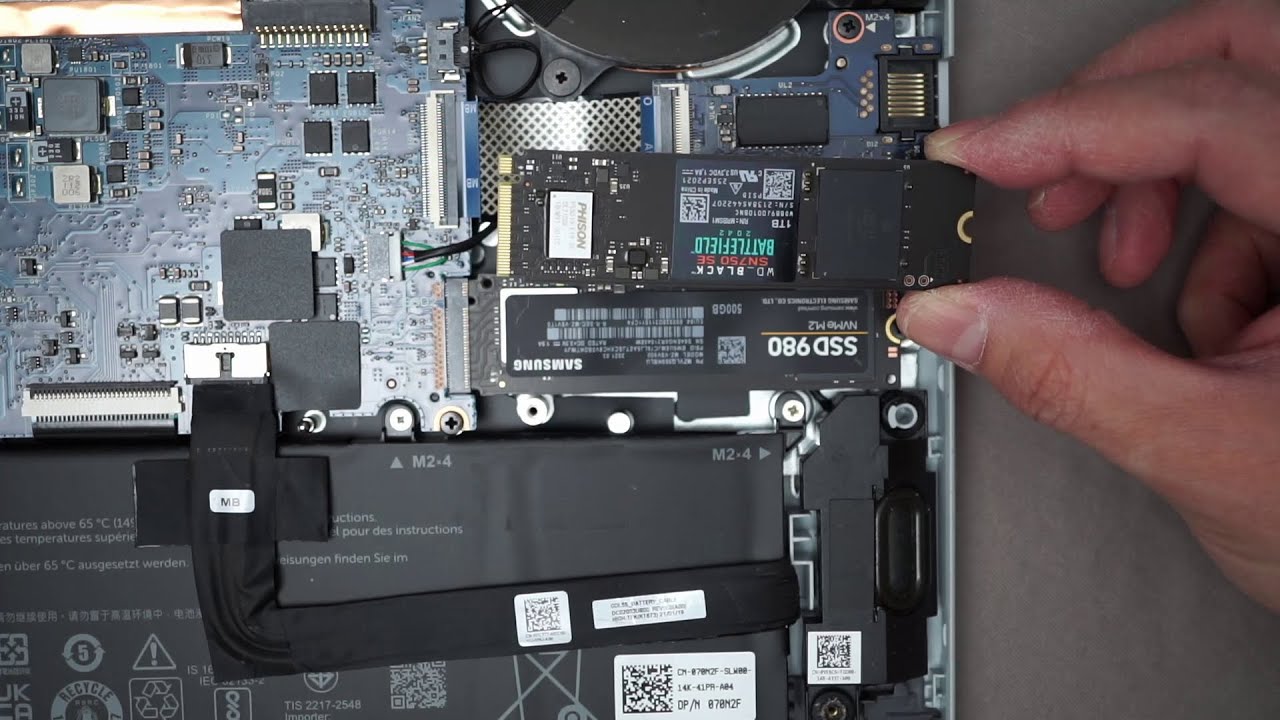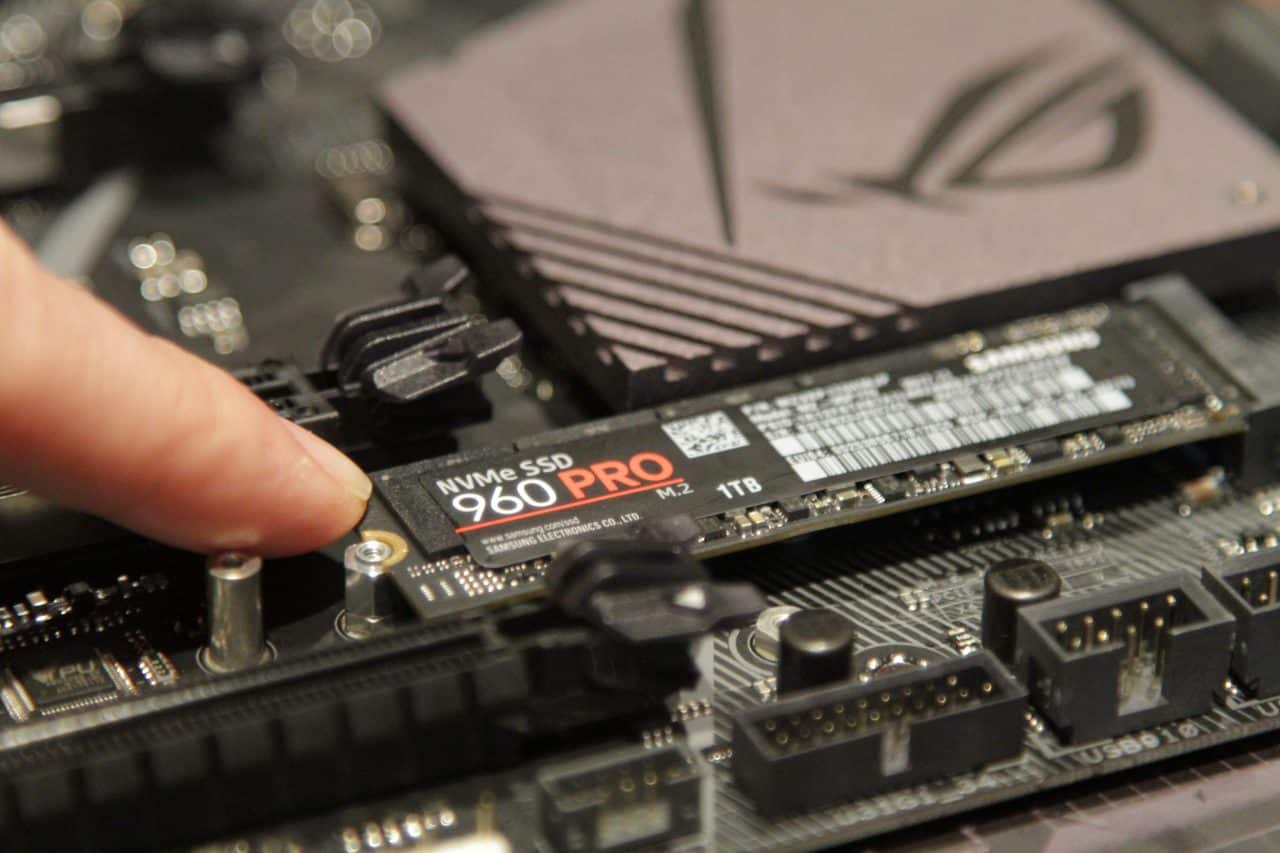Introduction
The evolution of technology has led to the creation of smaller, faster, and more efficient storage devices. One such innovation is the M.2 SSD (Solid State Drive). These compact storage solutions have become increasingly popular in recent years due to their high performance, energy efficiency, and space-saving design. If you are a tech enthusiast or someone looking to upgrade your computer’s storage capacity, you may be wondering how many M.2 SSDs you can have in your system. In this article, we will explore the possibilities and limitations of using multiple M.2 SSDs in your computer.
Before we delve into the specifics, it is important to understand what exactly an M.2 SSD is. The M.2 SSD is a small, rectangular solid-state storage device that connects directly to your computer’s motherboard. Its compact form factor makes it perfect for laptops and smaller form factor PCs. It utilizes NAND flash memory technology, which provides faster data access and transfer speeds compared to traditional hard disk drives (HDDs).
The number of M.2 SSDs you can have in your system largely depends on your motherboard’s capacity. Most modern motherboards come with built-in M.2 slots that allow you to connect one or more M.2 SSDs. These slots are typically labeled with key types such as B, M, or B+M, indicating the compatible M.2 SSD sizes and interfaces.
However, it is crucial to note that not all motherboards support multiple M.2 SSDs. Some may only have one slot, while others can accommodate two or even more. To determine the number of M.2 slots available on your motherboard, you can refer to the manufacturer’s documentation or check the specifications on their website. It’s always a good idea to double-check before making any purchasing decisions.
What is M.2 SSD?
Before we discuss how many M.2 SSDs you can have in your system, let’s take a closer look at what an M.2 SSD actually is. M.2 SSD, also known as Next Generation Form Factor (NGFF), is a compact and versatile storage device that has gained popularity in recent years.
M.2 SSDs are designed to replace traditional hard disk drives (HDDs) and provide a significant boost in storage performance. They are smaller in size and use solid-state memory rather than mechanical components, resulting in faster data access and transfer speeds. This makes M.2 SSDs ideal for applications that require high read and write speeds, such as gaming, multimedia editing, and professional workloads.
M.2 SSDs come in various lengths and widths, with different key types determining the physical and electrical compatibility with the motherboard. The length of an M.2 SSD is usually denoted by a four-digit number, such as 2280, where the first two digits represent the width in millimeters, and the last two digits represent the length in millimeters.
M.2 SSDs use the PCIe (Peripheral Component Interconnect Express) or SATA (Serial ATA) interface to connect to the motherboard. PCIe M.2 SSDs deliver faster performance compared to SATA-based M.2 SSDs, making them a preferred choice for demanding tasks. However, it’s important to check your motherboard’s supported interface before purchasing an M.2 SSD to ensure compatibility.
In terms of storage capacity, M.2 SSDs are available in various sizes, ranging from 120GB to 2TB or even larger. This allows you to choose the storage capacity that best fits your needs and budget. Additionally, M.2 SSDs offer other benefits such as lower power consumption, silent operation due to the absence of moving parts, and increased durability compared to traditional HDDs.
How Many M.2 SSD slots does your motherboard have?
The number of M.2 SSD slots on your motherboard determines how many M.2 SSDs you can add to your system. While some motherboards come with a single M.2 slot, others offer multiple slots, allowing you to expand your storage capacity.
To find out how many M.2 SSD slots your motherboard has, you can refer to the motherboard’s specifications or documentation. Manufacturers typically provide detailed information about the number and type of M.2 slots available on the motherboard. It’s important to keep in mind that different motherboards may have different M.2 slot configurations, so it’s essential to check the specific model you own or plan to purchase.
Some high-end motherboards feature two or more M.2 slots, allowing you to install multiple M.2 SSDs. This can be advantageous if you require more storage capacity or if you want to separate your operating system and applications for faster performance. The ability to install multiple M.2 SSDs gives you the flexibility to create a configuration that best suits your needs, whether it’s for gaming, content creation, or other demanding tasks.
Additionally, it’s worth mentioning that the M.2 slots on your motherboard may support different key types. The key type determines the physical and electrical compatibility of the M.2 SSD. Common key types include B, M, and B+M. Therefore, it’s crucial to ensure that the M.2 SSD you plan to install is compatible with the available M.2 slot on your motherboard, both in terms of size and key type.
If your motherboard has multiple M.2 slots, you can take advantage of various storage configurations, such as RAID (Redundant Array of Independent Disks) setups, to further enhance performance or redundancy. RAID configurations can provide increased read and write speeds, improved data protection, and fault tolerance by combining multiple M.2 SSDs into a single logical drive. However, setting up a RAID configuration requires additional configuration and may have specific compatibility requirements, so it’s important to consult your motherboard’s manual or seek guidance from the manufacturer.
Limitations of your motherboard’s M.2 slots
While M.2 slots on motherboards provide a great way to expand your storage capacity and improve performance, it’s important to be aware of the limitations that may exist.
One limitation is the available bandwidth. Depending on your motherboard and its chipset, the M.2 slots may share bandwidth with other components, such as SATA ports or PCIe slots. This means that if you have multiple devices utilizing the same shared bandwidth, it can potentially impact the overall performance of your M.2 SSDs. Therefore, it’s important to check the motherboard’s specifications to understand the shared bandwidth configuration and make informed decisions about which devices to connect to the available M.2 slots.
Another limitation is related to the key type compatibility. As mentioned earlier, M.2 SSDs may come in different key types, such as B, M, or B+M. While most motherboards support multiple key types, some may only support a specific key type. It’s crucial to verify the key type compatibility between your M.2 SSD and the M.2 slot on your motherboard to ensure a successful installation.
Additionally, the type of M.2 SSD you choose can impact the overall performance and compatibility. For instance, some M.2 slots on motherboards only support SATA-based M.2 SSDs, while others support both SATA and PCIe-based M.2 SSDs. PCIe-based M.2 SSDs generally deliver faster speeds compared to SATA-based ones, so it’s important to choose the appropriate M.2 SSD that matches your motherboard’s compatibility and performance requirements.
Lastly, physical limitations may come into play, especially if you plan to install multiple M.2 SSDs. Depending on the motherboard layout and design, the placement and spacing of the M.2 slots may vary. This means that not all motherboards can accommodate multiple M.2 SSDs if the slots are too close together, lack sufficient cooling, or interfere with other components. It’s crucial to ensure that your motherboard has enough physical space and cooling solutions to handle the additional M.2 SSDs.
It’s important to thoroughly research your motherboard’s specifications and compatibility before adding multiple M.2 SSDs to avoid any potential limitations or compatibility issues. Understanding the limitations can help you make informed decisions and create a storage configuration that maximizes performance and meets your specific needs.
Different types of M.2 SSDs
M.2 SSDs come in various types, each offering unique features and performance capabilities. Understanding the different types can help you choose the right M.2 SSD for your needs.
One of the key differences among M.2 SSDs is the interface they use to connect to the motherboard. The two main interfaces are PCIe (Peripheral Component Interconnect Express) and SATA (Serial ATA). PCIe M.2 SSDs utilize the PCIe interface, which provides faster data transfer speeds compared to SATA-based M.2 SSDs. If you want the best performance, opting for a PCIe-based M.2 SSD is recommended. However, it’s crucial to ensure that your motherboard’s M.2 slot supports PCIe.
On the other hand, SATA-based M.2 SSDs are more common and offer a good balance between performance and cost. They are compatible with most motherboards and provide faster speeds than traditional hard disk drives (HDDs). SATA M.2 SSDs are a popular choice for everyday computing tasks and can significantly improve system responsiveness.
Another distinction between M.2 SSDs lies in their storage technology. Most M.2 SSDs use NAND flash memory, which can be divided into two subtypes: TLC (Triple-Level Cell) and MLC (Multi-Level Cell) flash. TLC flash offers higher storage density, which leads to more affordable drives with larger capacities. On the other hand, MLC flash provides better endurance and performance at the cost of higher pricing.
Additionally, there are newer M.2 SSDs that utilize 3D NAND technology. This technology stacks memory cells vertically, allowing for higher storage capacities and better performance. 3D NAND-based M.2 SSDs offer improved reliability, lower power consumption, and faster data transfer rates compared to traditional 2D NAND-based SSDs.
When choosing an M.2 SSD, it’s important to consider your specific needs and budget. If you require faster speeds and have a budget for a higher-end drive, a PCIe-based M.2 SSD with 3D NAND technology could be the best choice. However, if you are looking for a more affordable option without compromising too much on performance, a SATA-based M.2 SSD with TLC or MLC flash could be suitable.
Ultimately, the choice of M.2 SSD type depends on factors such as budget, performance requirements, and compatibility with your motherboard. By carefully considering these factors, you can select the right M.2 SSD that meets your needs and enhances your overall computing experience.
Factors to consider before adding multiple M.2 SSDs
Adding multiple M.2 SSDs to your system can provide numerous benefits, including increased storage capacity and improved performance. However, before diving into the world of multiple M.2 SSDs, there are a few important factors to consider.
1. Compatibility: Ensure that your motherboard supports multiple M.2 SSDs. Check the number of available M.2 slots and their key types to ensure compatibility with the M.2 SSDs you plan to install. Additionally, verify that your motherboard’s slots support the desired interface (PCIe or SATA) and storage technology (NVMe or SATA).
2. Bandwidth and Shared Resources: Keep in mind that your motherboard’s bandwidth may be shared between multiple devices. If you have other high-bandwidth components connected, such as graphics cards or additional storage drives, adding multiple M.2 SSDs may impact the overall system performance. Ensure you have sufficient bandwidth available for optimal performance.
3. Power and Cooling: Multiple M.2 SSDs can generate more heat, especially during heavy usage. Ensure that your system has adequate cooling to prevent thermal throttling and maintain optimal performance. Additionally, consider the power requirements of the additional M.2 SSDs and ensure that your power supply unit (PSU) can handle the increased load.
4. Storage Configuration: Determine how you want to configure your storage setup. You can choose to use each M.2 SSD individually, creating separate storage drives, or implement RAID configurations for improved performance or data redundancy. Research the different types of RAID configurations and ensure that your motherboard supports the RAID level you prefer.
5. Use Case: Consider your specific use case and storage needs. If you require faster data access and transfer speeds, multiple M.2 SSDs can provide a significant performance boost. However, if your requirements are more focused on storage capacity, a single high-capacity M.2 SSD might be a better choice. Evaluate your needs and prioritize accordingly.
6. Budget: Adding multiple M.2 SSDs can increase the cost of your storage solution. Consider your budget and weigh the benefits against the cost. Determine if the performance gains and increased storage capacity justify the additional expense for your specific use case.
By considering these factors, you can ensure a smooth and successful integration of multiple M.2 SSDs into your system. Taking the time to plan and evaluate these aspects will help you create a storage configuration that not only meets your needs but also maximizes the performance and efficiency of your system.
Benefits of having multiple M.2 SSDs in your system
Incorporating multiple M.2 SSDs into your system can bring several advantages, enhancing both your storage capacity and overall system performance. Let’s explore the benefits of having multiple M.2 SSDs.
1. Increased Storage Capacity: The primary advantage of having multiple M.2 SSDs is the ability to expand your storage capacity. By installing multiple SSDs, you can enjoy a larger total storage space for your files, programs, and multimedia content. This is particularly beneficial for users who work with large files or require ample space for their growing multimedia collections.
2. Enhanced Data Transfer Speeds: With multiple M.2 SSDs, you can distribute your data across different drives, allowing for faster read and write speeds. This can significantly improve system responsiveness, reducing file transfer times, and accelerating application load times. Tasks that require high-speed data access, such as video editing or gaming, can benefit greatly from the increased performance.
3. Improved Workflow Efficiency: With multiple M.2 SSDs, you can organize your storage based on specific workflows or usage scenarios. For example, you can dedicate one M.2 SSD for your operating system and applications, while another houses your project files or game installations. This separation of data can promote better organization, faster file access, and smoother multitasking, enhancing your overall workflow efficiency.
4. RAID Configurations: Multiple M.2 SSDs open up the possibility of setting up RAID configurations. RAID (Redundant Array of Independent Disks) allows you to combine multiple drives into a single logical unit for increased performance or data redundancy. RAID configurations can provide higher read and write speeds, improved data protection, and fault tolerance, ensuring the integrity of your data in case of drive failure.
5. Flexibility and Future-Proofing: By having multiple M.2 SSDs, you create a flexible storage solution that can adapt to your changing needs. With extra M.2 slots readily available, you can easily add or upgrade SSDs as needed, ensuring your system remains up-to-date and meeting your evolving storage requirements. This future-proofing capability can save you from the hassle and expense of replacing your entire storage solution down the line.
6. Energy Efficiency: Despite the increased storage capacity and performance benefits, multiple M.2 SSDs generally consume less power compared to traditional hard disk drives (HDDs). SSDs have no moving parts, resulting in lower energy consumption and reduced heat output. This improved energy efficiency contributes to a cooler and quieter system while also saving on energy costs.
By leveraging the advantages of multiple M.2 SSDs, you can create a powerful and versatile storage solution tailored to your specific needs. Whether you require ample storage space, faster data transfer speeds, efficient workflow management, or increased system reliability, multiple M.2 SSDs can elevate your computing experience to new heights.
Conclusion
M.2 SSDs have revolutionized storage solutions with their compact form factor, high performance, and energy efficiency. In this article, we explored the possibilities and considerations of adding multiple M.2 SSDs to your system.
We began by understanding the basics of M.2 SSDs and learned about the different types and interfaces available. We then discussed the importance of checking your motherboard’s M.2 slot compatibility and the limitations that may arise in terms of bandwidth, key type, and physical constraints.
We also examined the benefits of having multiple M.2 SSDs in your system, such as increased storage capacity, enhanced data transfer speeds, improved workflow efficiency, and the flexibility to set up RAID configurations. Additionally, we highlighted the energy efficiency of M.2 SSDs compared to traditional HDDs.
It’s crucial to consider factors like compatibility, bandwidth, power and cooling, storage configuration, use case, and budget before adding multiple M.2 SSDs to your system. By carefully evaluating these factors, you can ensure a seamless integration and create a storage solution that best suits your needs.
In conclusion, adding multiple M.2 SSDs to your system can provide significant benefits in terms of storage capacity, performance, and flexibility. Whether you are a gamer, content creator, or professional user, multiple M.2 SSDs offer an excellent solution to meet your storage needs and elevate your computing experience to new heights.







